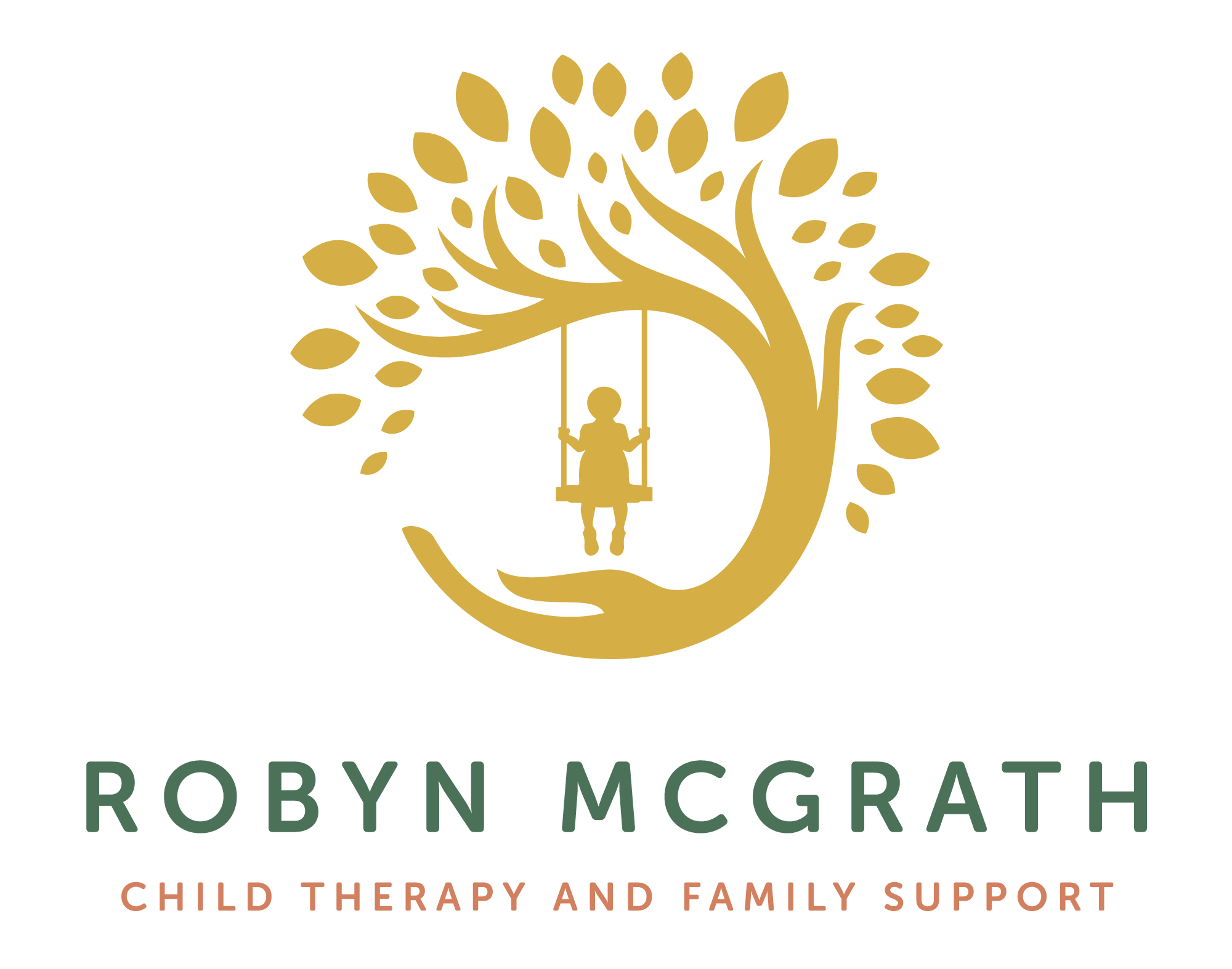
Do you remember the first time you sat on a swing? Did you watch other children soaring high but you weren’t sure how to get started. Maybe you got frustrated because your body refused to go with the flow. You needed a push, but you also needed the support and tools to get your legs pumping. It took time for you to learn the rhythm. But through repetition you finally learned the rhythm AND gained the strength to go higher. Finally, YOU learned to control your own soaring.
Similar to swinging, children need repetition, nurturance and optimism when faced with social, emotional or behavioral challenges. Transitions in life can often leave them frustrated and confused. Therapy can help them find their rhythm. My approach with children is strengths-based and includes learning, movement and self-regulation tools to help give your child the momentum and freedom they need to soar.
AREAS OF FOCUS
ADHD
Adjustment to divorce/separation
Anger Management
ASD
Coping with bullying
Depression
Fear and Anxiety
Gifted children
Grief and Loss
Repetitive Tics
School Behavior Concerns
Self-Esteem
Selective Mutism
Sensory challenges
Transitions

What happens in the playroom?
Play Therapy
The use of play as a means to enhance a child’s self-confidence, trust and communication as well as to express deep feelings.
Art Therapy
The use of art media to help a child express and resolve conflicts. Painting, drawing and collage are just some of the art techniques used.
Sand Tray Therapy
The use of a sand tray and miniature figures to express relationships, resolve conflicts and traumas.
Mindfulness
The use of breath exercises and other relaxation techniques to improve focus, body awareness and the ability to self soothe.
Movement
Physical interventions that help children reconnect with their bodies in positive ways. Utilizing exercise balls, trampoline, balance boards, and a yoga hammock.
Bibliotherapy
The use of books to allow children to step back from her/his problem and experience it from an objective viewpoint.
Solution Focused
A form of talk therapy that is future-focused, goal-directed, and emphasizes solutions rather than problems.
CBPT
Cognitive-Behavioral Play Therapy incorporates cognitive behavioral interventions within play therapy. Play as well as verbal and nonverbal approaches are used in resolving problems.
Emotional Freedom Technique
EFT uses the meridians from traditional acupressure, combined with breathing and a mantra to create a feeling of calm and helps shift one to a more relaxed state.
Yoga
Yoga supports positive mental health, encourages healthy habits, teaches self-awareness, self-acceptance, calming techniques, and FOCUS, FOCUS, FOCUS.

What does a typical session look like?
It’s important to note that every session will be unique since each child is beautifully different and their needs will change according to the day. Using a Prescriptive Approach, each 45 minute session meets the needs of the child's presenting concerns as well as his or her strengths, challenges, and developmental level.
That said, there are a few certainties that I use to guide every session.
I meet every child exactly where they are at.
I allow the child the autonomy to explore the playroom and guide their session at the onset.
Based on the goals set during the parent intake, there may be a guided sensory activity in the sand tray, breathing exercises, drawing, or moving on the yoga mat.
When utilizing therapeutic movement, I listen and track for your child’s unique sensory needs.
Through play, I support your child’s capacity to regulate and process information from the world around them.
An important element to your child’s treatment plan is the reciprocal relationship that happens in session. The relationship is at the heart of change, and it is always child-centered, open and accepting.
With these standards and beliefs guiding each session, I provide a safe environment for your child to learn valuable skills and lessons. Through our work together, your child will learn how to:
Explore negative patterns of behavior through healthy risk taking
Regulate the nervous system
Build capacity to stay with discomfort and strong emotions
Increase their window of tolerance
